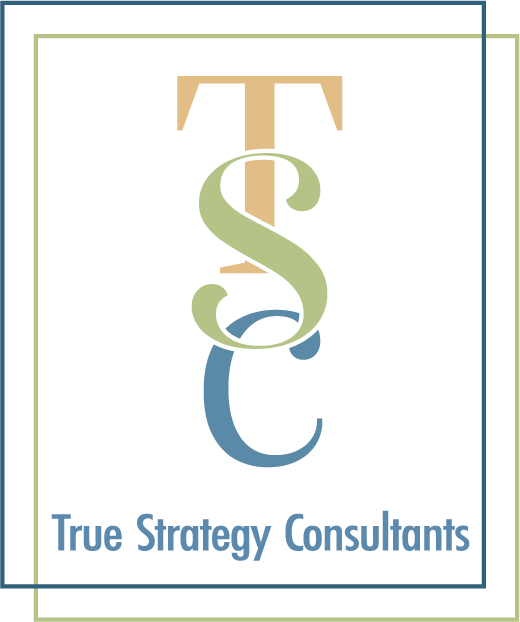Let’s continue talking about the provision in SECURE 2.0 that will truly affect our plan sponsors and the changes they might consider relating to their qualified retirement plans.
First up, the self-certification of hardship distributions. Most plans allow active participants to take a hardship distribution in the case of an immediate and heavy financial need. There are 6 permitted “safe harbor” hardship withdrawal reasons and those include:
- paying medical expenses not covered by insurance
- paying for secondary school expenses
- paying for funeral expenses
- purchasing a primary residence
- preventing foreclosure of a primary residence
- making repairs to the primary residence generally caused by acts of mother nature.
Employers were required to receive complete documentation of the reason for the hardship in order to approve the distribution and determine if the participant truly had an immediate and heavy financial need that could not be satisfied via other means. Which meant placing a burden on the employer to approve this, collect the documentation and keep it in case of an audit. As an employer there were definitely times that I did not want to know or get involved in the reasons that my employees needed money.
Under SECURE 2.0, employers may now rely on an employee self-certification that they have experienced a hardship and that the employee has no other funds available to satisfy the hardship. I think that taking some of that burden off the plan sponsor is great!
We are still waiting on final guidance relating to the self-certification and until then there are some concerns that plan sponsors should be aware of. Does self-certification completely relieve the employer of their liability for allowing the hardship distribution? What documentation does the plan sponsor need to retain (is the self-certification document enough in case they get audited)? What if the employer knows that an employee is not being completely honest, can they still rely on the self-certification or do they need to question the employee further? And are they liable if they know the hardship isn’t real?
As a best practice, plan sponsors should continue to require documentation of the hardship request and proof until further guidance is issued.


